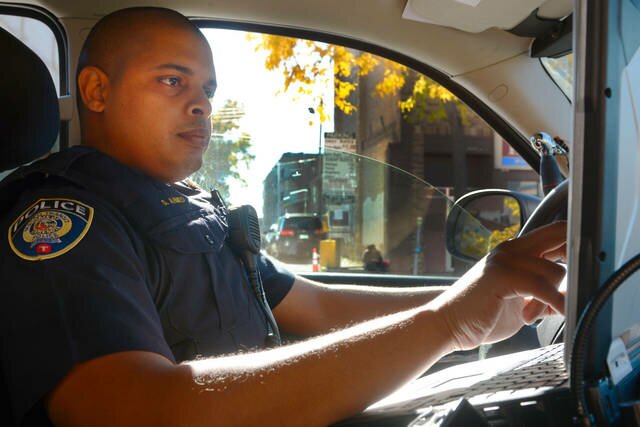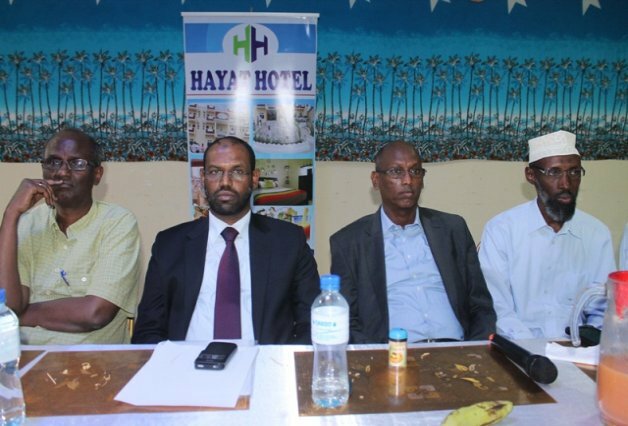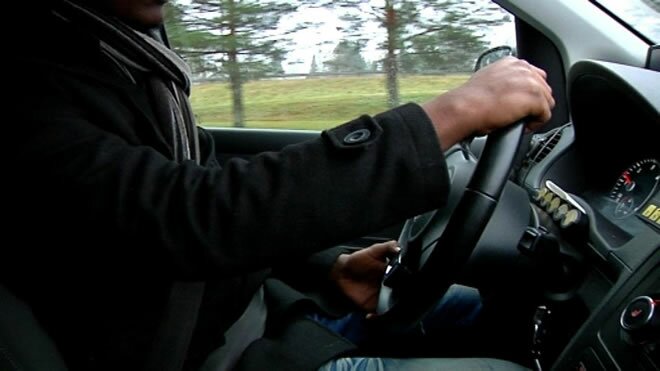Somali officers relate to immigrant communities
 Minneapolis — Salah Ahmed wanted to become a cop ever since he moved to the United States from Egypt.
Minneapolis — Salah Ahmed wanted to become a cop ever since he moved to the United States from Egypt.
On the other hand, Abdiwahab Ali’s interests gravitated to law enforcement after 9/11 — several years after he moved from Somalia to Minnesota in 1995. After becoming a Minneapolis Police Department officer, he went on to help establish the Somali American Police Association.
Ahmed, who is originally from Somalia, reached his goal when he graduated from the police academy last year. In addition to being an officer for the Metro Transit Police Department, he now serves as SAPA’s vice chairman.
Founded in in 2012, SAPA helps Somali-Americans, like Ahmed, find their way into police forces across the nation.
The national organization has at least 10 members — all law enforcement officers — in the Twin Cities. They are working to stop potential recruitment of Somali-Americans by terrorist groups, like al-Shabab and the Islamic State, in the city’s Cedar-Riverside and Franklin Avenue neighborhoods.
Ahmed said he has ample opportunities to talk face to face with young people in the area and recognize early warning signs of recruitment.
SAPA has been successful so far, he said, citing a recent incident in which Cedar-Riverside residents were afraid a fellow mosque-goer was trying to recruit overseas fighters, so they called police.
“The Somali community is very educated about recruitment,” Ahmed said.
Voluntary community-police communication would be impossible without a diverse police force, Metro Transit Police Chief John Harrington said.
“[Officers] meet probably once a month with elders from the Somali community to have an ongoing conversation about this concern we have that individuals are being recruited,” he said.
To help counteract and stop local terrorist influences, Ahmed said it’s important to have continued contact with organizations and neighborhood groups, like Mothers Against Youth Recruitment, which held an October meeting.
Harrington said multiple law enforcement agencies — including the state’s U.S. Attorney’s Office and the St. Paul Police Department — are coordinating to address the problem.
“What do you say to young people that are being told, ‘This is the right thing to do as a Muslim,’ or ‘This is the right thing to do as a Somali or as an African?’” Harrington said.
SAPA officers are role models for East African community members — especially among the youngest generations. They also have the added advantage of understanding Somali and Muslim customs, Harrington said, and are further relatable since most are near the age of those targeted by overseas organizations.
Harrington said the only way to foster trust between officers and the people they serve is to build a police department that reflects its communities.
“You don’t have to turn on the news more than a minute to see an example of what happens when there is a breakdown in that relationship between a police department and their community,” Harrington said.
With six to eight full- and part-time officers of Somali descent serving in the Metro Transit Police Department, Harrington said the department still has room for improvement — they’d like to recruit Somali women to the force.
“This is really just the beginning,” Harrington said. “I’m happy with it. I just can’t say I’m satisfied.”
According to Ali, St. Paul’s police department employs one female Somali-American, but she isn’t a sworn officer.
Minneapolis police Public Information Officer John Elder said MPD employs about a half a dozen Somali-American officers, which includes the nation’s first sergeant of Somali descent.
“Our Somali officers are really respected by the community, and … it’s a lot of fun to watch them work,” Elder said. “When they walk into a meeting, they’re like celebrities.”
He said their presence within MPD attracts esteem from both inside and outside the department.
“We’re looking for all members of the community, from all different communities, to come work for MPD,” Elder said. “We are yearning for diversity.”
Source: MNDaily
Comments
comments
 Calendar
Calendar




































